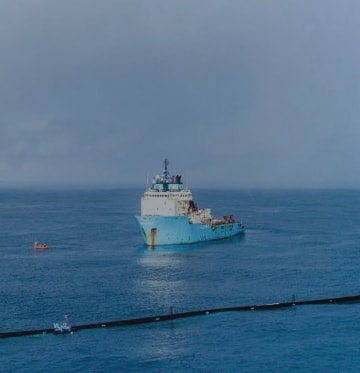Notebook for real deep web
Earth price
1900 years to decompose
The oceans need all of us.
Join this cause and contribute to the NGO The Ocean Cleanup.
Donate Join this cause and contribute to the NGO The Ocean Cleanup.
Explore the objects nobody wants

The Ocean Cleanup is a non-profit organization that develops and uses advanced technologies to remove plastic garbage from the oceans.
Join this cause and contribute to the NGO.
Join this cause and contribute to the NGO.
Find out more about The Ocean Cleanup